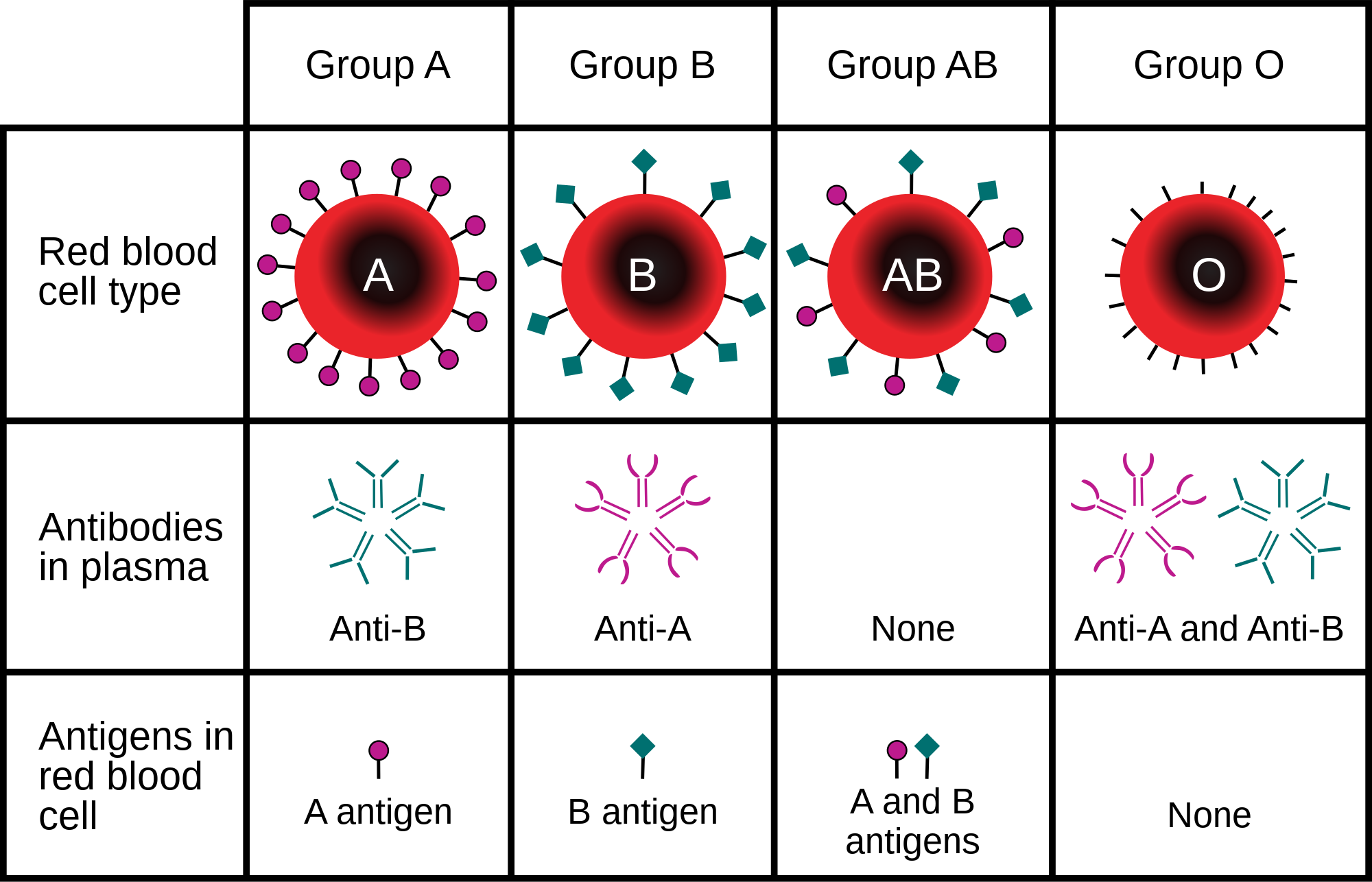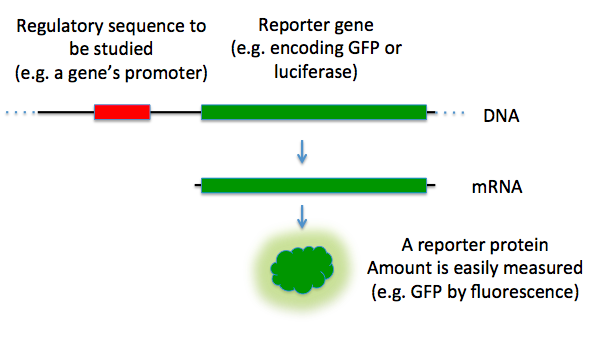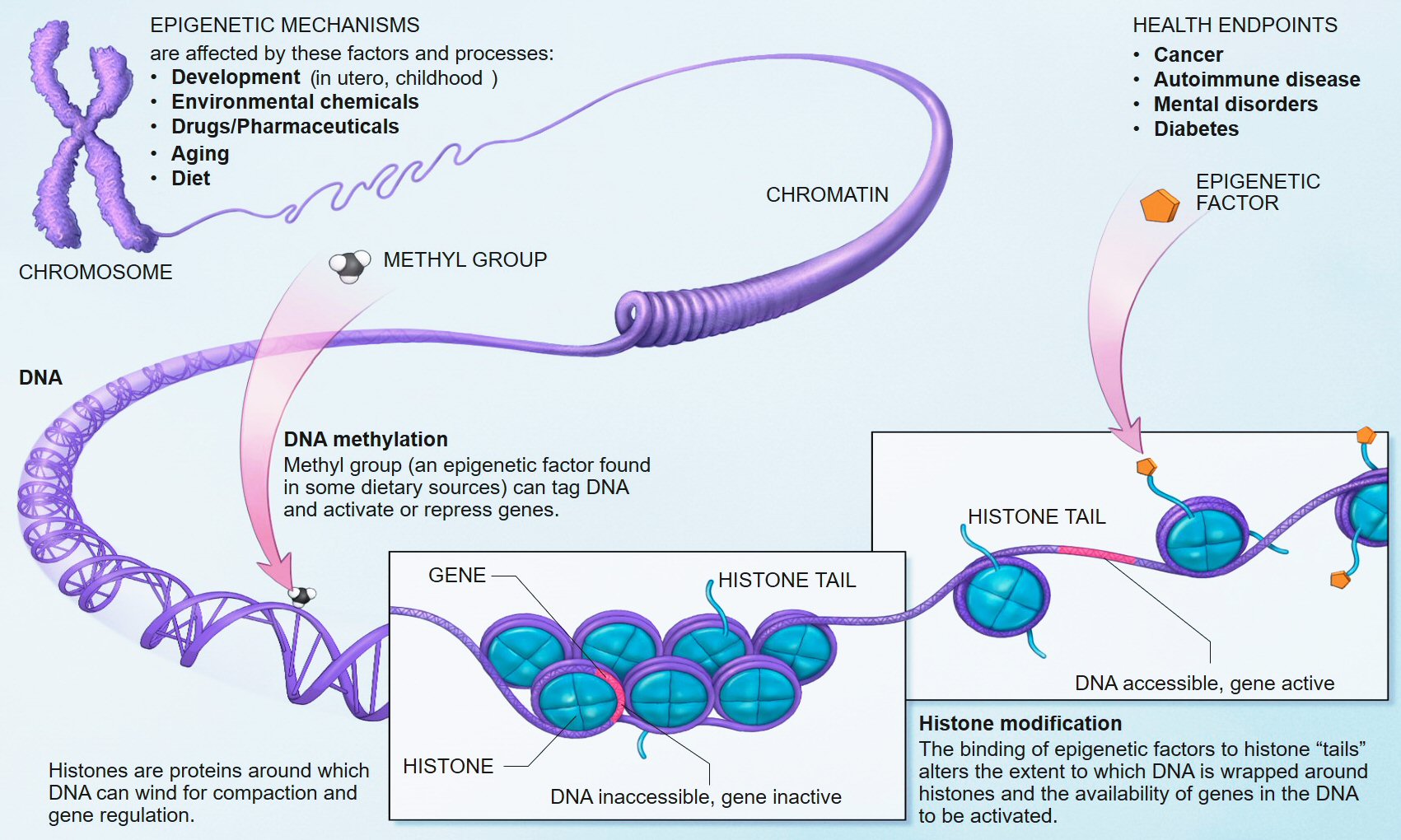The Mendelian Laws of Genetics are really peculiar. They’re
ubiquitous in textbooks on genetics, as it would seemingly be very important to
clearly state what the basic, underlying principles are for the subject. But
there are several problems with Mendel’s Laws. The first issue is that Mendel
did not actually try to claim that what he was studying were fundamental laws
of nature that would apply to all organisms
(see On the Origins of the Mendelian Laws – good title). Instead, they were inferred from Mendel’s work on pea plants and codified
by later geneticists into law. According to the above source, they first appeared in the
form of “Two Mendelian Laws” in the writings of Thomas Morgan. So, they might
more properly be called ‘Morgan’s Laws’ or just ‘The Laws of Genetics’.
Next up is how many laws there should be, I thought I was
pushing the envelope when I first taught students that they should consider a 3rd
law (The Law of Dominance) to best understand Mendelian genetics. But if you
look around several others also use this third law, even though the 3rd
law is not often attributed to Mendel because it had been shown by others
before him. But, if we’re just considering fundamental “Laws of Genetics”
rather than “Things Mendel Wrote First,” then this 3rd Law on Dominant vs. Recessive traits is really
quite useful.
Which brings us to the final issue – usefulness. For something to be
called a “Law” one would hope that it describes something that is always true.
Both of the 2 classic Mendelian Laws
have situations where they do not hold true. It doesn’t mean they’re wrong,
it’s just that they don’t always apply.
So what we have with
“Mendel’s Laws” are a small set of dubiously named, non-comprehensive and not
always applicable rules. It's important to note that this is not a rare footnote – these are rules that every Genetics student learns!! As an avid board game
player, I very much like for the rules to be written out clearly.
So, here’s an updated list of Genetics Laws according to no one
but me. The only criterion being that they are unique concepts that are
fundamental to genetics.
So, here are 12 fundamental principles of genetics, that every genetics student should be familiar with.
So, here are 12 fundamental principles of genetics, that every genetics student should be familiar with.
The Mendelian Laws
1) Segregation.
2) Independent Assortment.
3) Dominance.
The Central Dogma Laws
4) Information Storage.
5) Chemical
Language.
6) DNA Repair.
The Molecular Genetics Laws
7) Regulation.
8) Modulation.
9) Epigenetics.
The Population Genetics Laws
10)
11) Horizontal Gene Transfer.
10)
11) Horizontal Gene Transfer.
12) The Law of
Evolution
The Mendelian Laws
 |
| Mitotic spindles (green) segregate chromosomal DNA (blue). Microtubule proteins connect to chromosomes through kinetochores (red) |
1) The Law of Segregation. There are two copies of each genetic unit (genes). Parents produce gametes with half the total number of genes. Offspring receive one copy of each gene from each parent, so that they also have two copies of each gene.
Caveat: This is true for all
diploid organisms with a sexual life cycle. It is not true for haploid,
triploid, tetraploid, hexaploid, etc organisms. Similar but not identical rules
apply. For instance, haploid organisms receive one copy of each gene from a
single haploid parent. Some organisms can switch between sexual and asexual reproduction, giving further complexity.
 |
| Siblings are rarely identical, due to the combination of Laws 1 and 2. |
 |
| T. Morgan's initial hypothesis of chromosomal recombination to explain genetic linkage. |
3) Dominance. Each gene can potentially have several variants, or alleles.
The character of these variants can be described as either dominant or
recessive. Dominant traits are observed under two conditions: when there are
two copies of the dominant allele (homozygous dominant) or when there is only
one copy of the dominant allele (heterozygous state). Recessive traits are only
observed when there are two copies of the recessive allele (homozygous
recessive). Dominance was critical to Mendel's work but not discovered by Mendel,
so this is sometimes not listed as a Mendelian Law. Nonetheless, it is
essential to experimental observation of Laws 1 and 2.
Caveat: There are several
situations that complicate the Law of Dominance. For example, co-dominance can
occur, such as A and B blood types (both are dominant over blood type O). Incomplete
dominance can occur, such as wavy hair (curly hair is dominant but does not
express at the same high levels in heterozygotes). Importantly, dominance is
often caused by functional genetic variants (alleles), while recessive traits
are often due to non-functional alleles.
 |
| The ABO blood types can be explained through phenotypic expression of cell surface molecules A and B. O is the lack of either molecule. |
The Central Dogma Laws
These laws summarize what is often called The Central Dogma,
which describes the basic molecular understanding of genetics that came from the work of Watson, Crick, Franklin, Brenner, Nirenberg, Khorana, Lindahl, Modrich, Sancar, etc. These laws stem from the discovery of DNA and that all cells share a molecular architecture for DNA, RNA and protein synthesis.
4) Information Storage. Complementary strands of DeoxyriboNucleic
Acid polymers (DNA) store information and are the genetic material responsible for the
inheritance of traits from parent to offspring. DNA polymers are made by DNA
polymerase enzymes that “read” a template strand and synthesize a complementary
strand. DNA polymerases make mistakes with predictable frequency (see #9 Law of
Repair). Replication of DNA occurs prior to cell division and results in two
new helices of double stranded DNA (dsDNA), each double helix containing one old
and one new strand of DNA. All of the genetic material of an individual is
carried within cells on one or more chromosome(s), with all of the material
together called a genome.
 |
| Double helical ball and stick model of the B form of DNA, showing the major and minor grooves. DNA consists of only 5 elements (C, O, P, N and H) and four distinct nucleotides: the single ring pyrimidines (T, C) and double ring purines (A, G). |
Caveat: While double stranded
DNA (dsDNA) is the primary genetic material, there are some exceptions, such as
single stranded (ssDNA) or RNA viruses.
RNA, rather than DNA, may have been the primary genetic material at the
very beginning of life on planet earth. Also, several artificial genetic
materials have been produced, so it is important to note that there is nothing
magical about DNA. However, relative to RNA, DNA is more stable and
understanding of DNA is critical to understanding of genetic variation,
expression and evolution.
Note: I didn’t re-number
the Laws, but if I had this Law on Information Storage would be Law #1. Understanding DNA, how it carries information and how fragile DNA is (see law #6) are really the most fundamental concepts in genetics.
5) Chemical
Language.
DNA carries information in a language that can be interpreted and translated by
the cell. One gene may code for one (or more) gene product(s). Gene products
include functional RNAs as well as proteins. Each DNA gene sequence codes for
an RNA of complementary sequence that can be formed by RNA polymerase enzymes.
Most RNAs (but not all) then serve as a template for translation by ribosomes
(amino acid polymerizing enzymes) into proteins that are 1/3 the sequence
length of the RNA message due to the triplet organization of the genetic code.
Thus, 1200 units of DNA sequence will yield 1200 units of RNA sequence, but
only 400 units of protein sequence. Because of the cellular hierarchy of DNA to
RNA to protein, mistakes in RNA or protein synthesis are less consequential
than mistakes in DNA synthesis.
 |
| The ancient and mysterious ribosome is central to translating two chemical languages, from RNA nucleotides to amino acids for proteins. |
Caveat: This processing of
information holds true across all organisms. However, some RNAs can be
translated into multiple proteins through multicistronic (many gene) messages
or through RNA exon shuffling. Some mechanisms (like latent retroviruses) turn RNA information into DNA.
 | |
| DNA repair relies on many mechanisms and it's essential for all cells, every day. |
More: Sequence changes
through repair, along with DNA polymerase errors during replication, are
collectively called mutations. Non-lethal mutations are preserved in the
genetic memory and become part of the natural variation that exists from
organism to organism. Some mutations make cells sick, and some sick cells replicate uncontrollably -- this is the genetics of Cancer.
The Molecular Genetics Laws
These laws go into concepts that are critical to genetics but
describe phenomena that occur below the level of the genetic unit envisioned by Mendel. In addition, these principles are not intuitively obvious from the Central Dogma above. But further studies into the molecular nature of genetics revealed the importance of gene regulation, the modular functions of domains and the impact of epigenetic modification of chromosomes.
7) Regulation. Genetic units consist
of a regulatory region called a promoter and a coding region. Mendel's original units of
inheritance can be broken down to these two critical sub-regions. The
regulatory sub-regions function as an on/off switch and are usually found
directly in front of coding regions. These on/off switches allow for finely
tuned control of gene expression and traits. Without a promoter, a gene’s
coding sequence can not be turned into a useful product through the successive
actions of RNA polymerase and Ribosomes.
 |
| Regulatory sequences (promoters) can be studied with reporter proteins, such as GFP. |
Caveat: While I can’t think of any exceptions to this rule, it’s worth noting that regulation and regulatory regions can get very complicated and involve regions that are not within close proximity to the coding region.
8) Modulation. While a gene is a
unit of inheritance, each gene coding sequence is often a conglomeration of
multiple functional subunits. Just like Legos can be taken apart and
reassembled in to a new overall structure, proteins have a modular structure
and protein domains yield new functions when organized differently. Modulation
also occurs at the RNA level, mostly through the presence of exon (expressed)
and intron (removed) sequences. New organization of modules can occur through
DNA editing (recombination), through RNA editing (Exon shuffling), or through
protein editing (proteolysis events and other protein modifications).
 |
| Protein domain structure from N-terminus to C-terminus. |
More: Recombination of DNA
plays a critical role in genetic variation (see gene linkage in the 2nd
Law) and is also critical for the human adaptive immune system and production
of antibodies. Exon shuffling (also called alternative splicing) allows one
gene sequence to code for many different proteins and plays a critical role in the
development of different cell types. For instance, muscle cells, brains cells
and skin cells can each produce their own distinct version of a protein from
the same original DNA gene sequence. Proteolysis (breaking of proteins) can change,
remove or split protein modules, but otherwise modules remain fixed within a
given protein sequence.

The Population Genetics Laws
These laws covers concepts related to genetics across
populations. Populations change over time and these changes have genetic underpinnings. From the birth of new genes through gene duplication to the vertical and horizontal modes of transfer to the variations in individuals that lead to micro- and macro-evolution, the population genetics laws describe how genetic principles apply to speciation and extinction.  |
| Duplication of the region in blue. |
11) Horizontal
Transfer. Genes can be transferred vertically from
parent to offspring or horizontally between two organisms. Genes transferred
vertically from parent to offspring are subject to the first and second laws,
but genes transferred horizontally are not.
Horizontal transfer occurs through one of three mechanisms
–transformation (free DNA to cell), conjugation (cell to cell), and
transduction (virus to cell). These 3 processes are more rare than vertical
transfer but have a tremendous impact.


The easiest of these 3 processes to see happen in everyday
life is transduction. It happens every time you get sick due to a viral
infection. Viruses have to inject their genetic material into cells in order to
replicate. For the recipient cell, this is new genetic information. This
horizontal process can sometimes kill the recipient cell, but in other cases
the injected genetic material can become incorporated in the recipient cell's
genome. This is called a latent or lysogenic state.
Cell-cell transfer (conjugation) can also occur, in particular
this is a method of genetic exchange in bacteria. However, cell-cell transfer of DNA is also an essential step in sexual life cycles -- it's what
happens during fertilization, where DNA from a sperm cell is transferred to an
egg cell to form a zygote. Transformation is the most rare, it's the uptake and
incorporation of DNA to a cell from the environment. It's also the natural
process that can be utilized for in vitro
fertilization and cloning.
Important note on GMOs: Genetic modification of organisms through the natural processes of horizontal transfer outlined here happens in nature. Selecting for a new organism with directed genetics is therefore just as natural as selecting for a new organism by deducing genotype through assessing the phenotypes and subsequent breeding. The difference is one of precision -- it's like performing surgery with a laser instead of a hacksaw.
11) The Law of Evolution. Populations change
over time through four processes (1) Genetic
drift, random fluctuations in gene frequency from generation to generation,
(2) Gene flow, the movement of genes
between two otherwise distinct populations. (3) Mutation (see Law #9) and (4) Selection,
pressures from environmental (or anthropogenic) forces that impact reproduction
and/or survival.
 |
| Genetic drift shown through changing distributions in phenotypes across generations. |
Note: It’s quite possible
that this section on populations deserves to be
expanded to include others concepts: sexual v. asexual reproduction, the impact
of gene loss, death and extinction, population diversity and stable ecosystem
formation, the interactions of genes and memes in social species, vaccination and herd immunity, & etc.
For now, let’s just say that evolution is a broad enough topic to be its own
subject and this last law is here as a connector between genetics and a discussion of evolution.
No comments:
Post a Comment